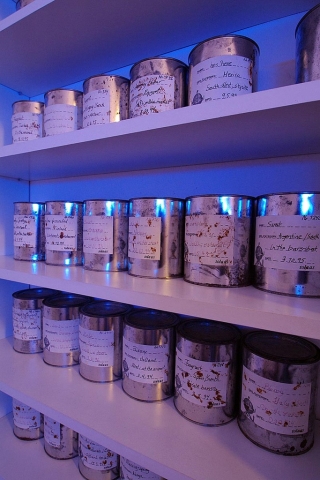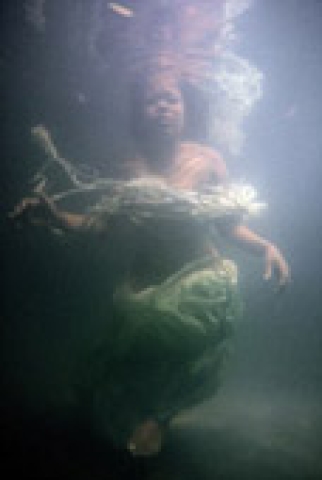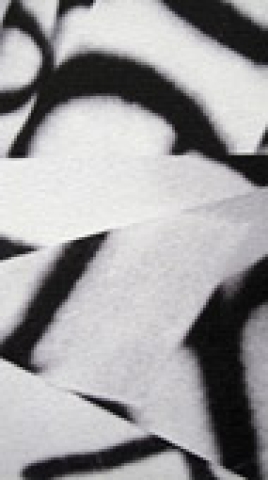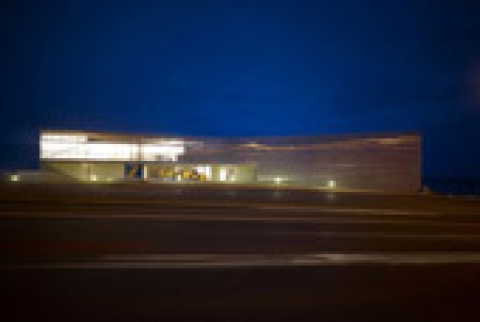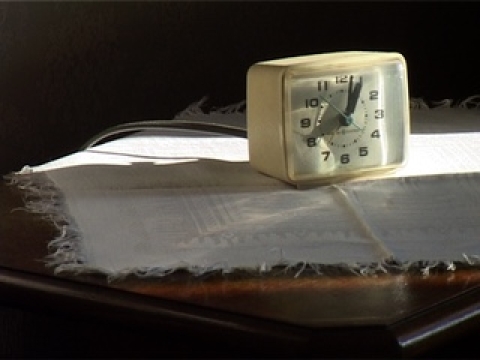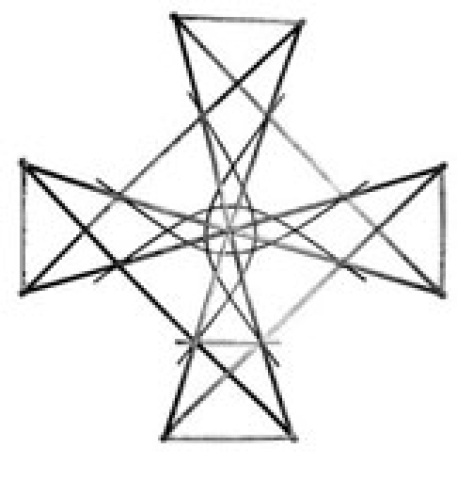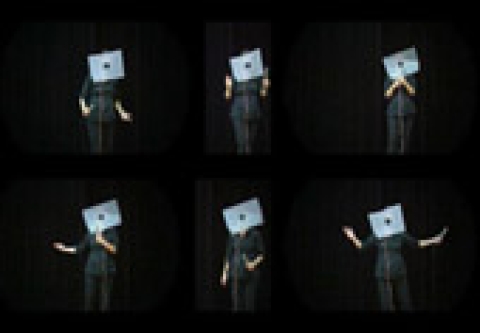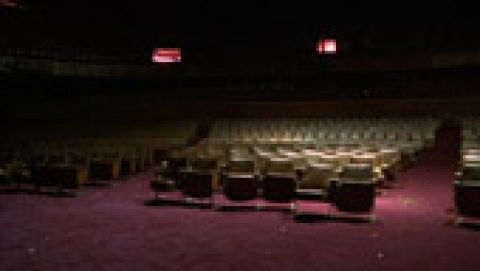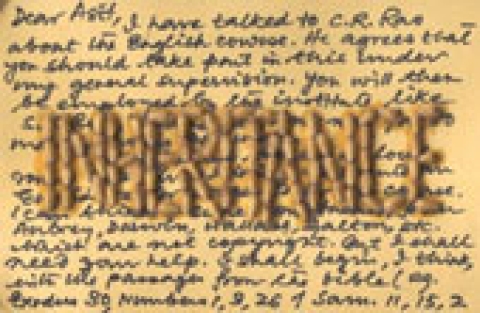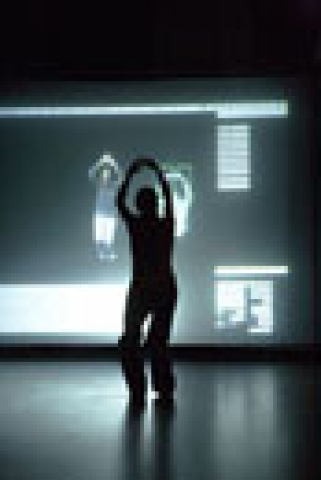Editorial
The publication of this inaugural issue of the Journal for Artistic Research (JAR) coincides with a moment at which the term ‘artistic research’ has become ubiquitous. For some, this moment represents success, since, particularly in institutional environments, the production of objects, events or concepts is starting to lose its grip on the less tangible, intellectual and open-ended requirements of practice. For others this moment is viewed less favourably and represents an erosion of art’s perceived autonomy and efficacy. The argument being that, with ‘research’, political and bureaucratic interests have embedded a new and foreign term into art, through which they can operate. ‘Artistic research’, however, is not just another word for ‘practice’; nor is it aligned per se with dominant political agendas: it is a term that has been, and still is, suspended in its definition.
Not knowing what exactly artistic research is, however, is a good thing for a number of reasons. Firstly, it reminds us of artistic research’s transdisciplinary character, which makes it difficult to predict where and under what circumstances such activity might be located, adding to a sense of institutional openness within the academy and between academic and non-academic sectors. Secondly, it emphasises artistic research's transpersonal character, which applies not only to its discourse amongst a community of practitioners, but also to its relationship to materials, forms and contexts. Thirdly, it enhances artistic research's transformative nature, making the experience of a change of knowledge count, even as the mode through which this change was evoked remains undefined. And finally, it poses an artistic and intellectual challenge, since, due to the lack of approved methods and criteria, no external scaffold can replace the work that is required to inform others that, and how, research has taken place in a given proposition.
This final point describes the conceptual framework and perhaps the most important requirement when publishing in JAR, where what is commonly known elsewhere as a ‘journal article’ is here referred to as an ‘exposition’. This choice of word indicates that a contribution to the journal must expose as research what it presents using the technological framework offered by the Research Catalogue. Depending on your field, ‘exposition’ might not always be a suitable word. For this reason, we encourage you to believe that instead of exposing practice as research, you could also stage, perform, curate, translate, unfold or reflect practice as research. Your chosen descriptor here is less important than the doubling it entails, which creates distance within practice through which understanding can operate.
Expositions understood in this sense sit perfectly well with academic requirements, where some form of writing (or ‘theory’) has to engage with ‘practice’, which on its own very often does not qualify as research. Although functional, the practice/theory model that expresses itself in notions such as ‘practice-based’ or ‘practice-led’ research is highly limiting, since the form that an exposition can take is prescribed and very often modelled on humanities or cultural-studies type writing. It also implies a very simplistic approach to knowledge generation that moves from experience to an understanding that in itself is not influenced by experience. Radically extending the traditional academic model, JAR continues to require some form of distance or doubling that puts research into perspective while categorically refusing to define how such reflexive procedure can take place in the context of the journal. In fact, beyond the journal, we have started to investigate how the model of ‘expositions’ might work within other channels, such as during a performance, an exhibition or a play, which are meant to augment rather than replace JAR.1
The move from traditional academic to other modes of writing (which may or may not be ‘creative’ and which may or may not use text as the preferred format,) for which JAR stands, also addresses the partially incompatible use of the word ‘research’ in academic and artistic contexts. Problematic as the term is, nobody has ownership of ‘research’, and it is difficult to see why a line is drawn through notions such as ‘theory’ that excludes a wide range of research practices if it is not for pragmatic reasons of evaluation and assessment. JAR is academic in the respect that, amongst other things, it aims to evaluate and assess research through peer-reviewing structures. It refuses traditional academic pragmatism, however, by not prescribing particular formats and thus including all possible ways in which practice can be exposed as research, as long as the exposition successfully makes its case and is credible.
This inaugural issue of JAR was not peer-reviewed in any formal sense.2 We did, however, experiment with an informal peer-reviewing process in order to learn and give guidance to future contributors and peer-reviewers alike. Peer-reviewing is and will remain one of the most difficult and promising aspects of JAR, since only it will prove that research can be assessed while keeping the artistic approach open. JAR is an experiment that aims to demonstrate, case by case, that it is credible to give responsibility to the researchers to define through their expositions how exactly research is done in their particular case – i.e. artistically.
That this experiment requires extra work for authors, reviewers and readers is obvious. What is perhaps less obvious is the huge amount of infrastructural work we have had to invest in collaboration with the Artistic Research Catalogue (ARC) project to get the Research Catalogue (RC) software up and running.3 The RC is not simply a collection of uploaded web pages or pdf documents; it is a sophisticated repository with a design interface that allows for the upload, storage and sharing of material and for an expositional placement on the page. In fact, we call such pages that make up an exposition ‘weaves’, because through them material is woven together to make a case for what is presented to count as research. Importantly, this enhances but does not exclude traditional forms of academic writing, which might be equally suited to expositional purposes. Such enhancement, in fact, lends its ‘e’ to what today is known as ‘e-research’. Being more than just ‘electronic’, e-research promises to link not only individual researchers to communities, but also data to its (useful and potentially dynamic and interactive) presentation.
Although we will continue to develop the RC, it will always remain limited. First of all, our desire to sustain the RC for the future means that we have to be conservative with the technologies and file formats we use and allow. Secondly, and perhaps more importantly, an Internet page will never replace the experience of listening, for instance, to an actual work together with real people. The RC, and with it JAR, is very clear that it can only operate with documentations and that an attempt to present the ‘real thing’ will most likely result in disappointment. Rather than blaming the RC, we ask our authors to accept the challenge as they would an awkward exhibition space or the limitations of a commercial production, to express what is essential to them through what might be seen as secondary formats. After all, any journal article is not the research, but a deliberately created (re)presentation of research within a restricted format.
I hope that all of this communicates the continuing process that is JAR. Thanks to the members of the Society for Artistic Research (SAR), who invested trust and money in us for no guaranteed return, we have been able to embark on this journey (for which we, by the way, still require support). In discussions with SAR representatives and members, ARC project partners, reviewers, editors and artists, we have been able with this inaugural issue to propose a form that JAR can take. I am sure JAR0 will be the beginning of a longer debate concerning how practice can best be exposed as research.
For this inaugural issue a comparatively large Editorial Board was formed, with editors from a variety of backgrounds. Together, we drew up a list of potential contributors while attempting to demonstrate diversity and inclusivity. Naturally, not all fields, professional and socio-cultural backgrounds could be covered, but we hope that the mix of expositions by mid-career artists and PhD candidates, European and non-European researchers as well as 'doers' and 'thinkers' may inspire others to see JAR as a natural home for their research publications. In particular, when paying close attention to the different expositional modes for which each of the JAR0 contributors has opted, I am certain that a new picture will emerge that, rather than focusing on potential shortcomings within this new medium, will allow the reader to experience the distinctive, self-defined and often bold approach through which artistic research projects can communicate.
In the process of creating this introductory issue, we all – editors and researchers – had to learn in a very short period of time (and while the RC software was still in development) what expositions could actually be and how strategies of exposure worked or failed to work. To me, one of the more surprising observations was that the adapting of materials originally intended for other publishing forms seemed to make it harder for the artists to find coherence within an exposition. While, where the material was created with consideration for what the RC can offer technically, novel connections could be made that often proved to be very engaging. This represents a shift in what 'writing' in the context of artistic research can be and I am sure you will experience this on the reading side as well. A second and perhaps less surprising but equally important observation was the need for multi-media support, with video in particular. After having worked with the RC and a number of artists on questions of expositions, it has become very clear that artistic-research publications that are not supported by additional media are a thing of the past that might work for some, but by no means for everybody. And finally, perhaps surprisingly, we have learned that artists cannot be expected to be designers and that a whole skill set needs to be developed to think through the design implications entailed by the writing of an exposition. Some of the contributors to JAR0 sought advice from professional designers and others did not. While we accepted that a secondary, external design process might make an exposition look better, we did not believe that it would materially improve it, which led us to accept what may be called 'rough' designs.
With the launch of JAR we invite you to experience artistic-research expositions as readers. However, the RC will also shortly be ready to accept your submissions to JAR, or even expositions that you do not want to pass through a peer-reviewing process. JAR is part of a networked artistic-research publication and dissemination platform, and we encourage all artistic researchers to take part in it and to experiment with what exposition-writing might mean.
In the name of the Editorial Board, I would like to take this opportunity to thank all artists who have kindly agreed to publish in this issue of JAR for the quality of their research, as well as their engagement and patience. Not only did we ask them to grapple with the novel and barely defined demand for expositions, but we also set up technical hurdles and impossible deadlines. Thank you very much for your trust and support.
Michael Schwab
Editor-in-Chief
- 1A network of people and institutions aiming to develop this approach is currently forming.
- 2See https://jar-online.net/en/peer-reviewing-and-artistic-research for more information.
- 3The RC will be launched at the SAR annual meeting in Berne, March 4 & 5, 2011.

